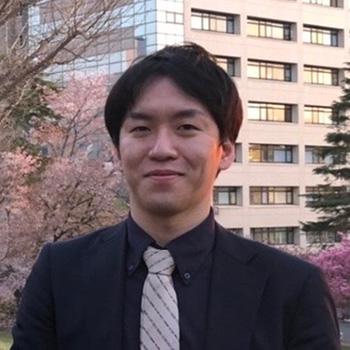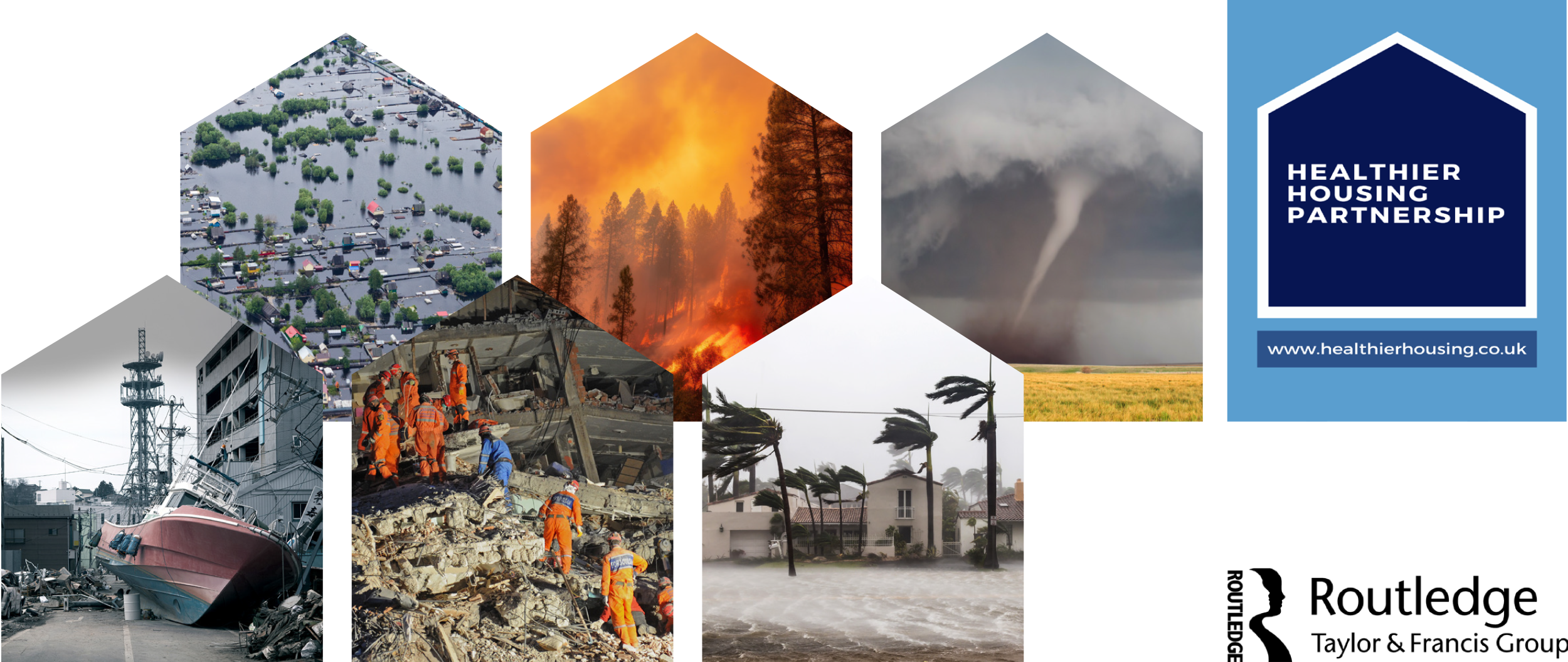Parallel Session D 15.20
Dr Wataru Umishio
Institute of Science, Tokyo, Japan
Toshiharu Ikaga, Kazuomi Kario, Yoshihisa Fujino, Naoki Kagi, Masuru Suzuki, Shintaro Ando, Kelgo Saeki, Shuzo Murakami
Introduction: Cardiovascular diseases (CVDs) are more common in colder homes, largely due to cold-induced high blood pressure (BP). While improving thermal insulation and heating can reduce cold exposure, the high initial and running costs present significant barriers for many households. This study aims to assess the cost-effectiveness of living in well-insulated warm houses as a strategy to prevent hypertension and CVDs, using data from the nationwide Smart Wellness Housing Survey in Japan.
Methods: Health economic evaluation, typically used in the development of new drugs and treatment methods, was applied to assess the health impacts of housing insulation and heating. A hybrid model, combining a decision tree and a Markov model, was developed using the relationships between indoor temperature, BP, and CVDs. Utilizing this framework, the costs (including thermal insulation, heating, and medical expenses for hypertension and CVDs) and effectiveness (measured in quality-adjusted life-years [QALYs]) of five scenarios were evaluated in a case study: a base scenario (Scenario 0) with the most common insulation level (Grade 2) and indoor temperature (15ºC) in Japan; two scenarios of upgrading insulation and living in warm houses after age 40 (Scenario 1-1: Grade 4 & 18ºC, Scenario 1-2: Grade 6 & 21ºC); and two scenarios of retrofitting insulation and living in warm houses after age 60 (Scenario 2-1: Grade 4 & 18ºC, Scenario 2-2: Grade 6 & 21ºC).
Results: In the upgrading insulation scenarios, compared to Scenario 0, Scenario 1-1 increased life-cycle costs by 0.26 million JPY and Scenario 1-2 by 0.84 million JPY, while extending healthy life expectancy by 0.31 and 0.48 QALYs, respectively. The analysis revealed that upgrading thermal insulation when purchasing new houses and living in warmer houses is more cost-effective than retrofitting insulation, with an incremental cost-effectiveness ratio (ICER) below the threshold value of 5 million JPY/QALY gained.
Conclusions: Upgrading insulation and maintaining warmer indoor temperatures are cost-effective measures, reducing future medical expenditures and extending healthy life expectancy. This modelling study will aid systematic decision-making on housing and health for both residents and policymakers.
About the presenter
 Wataru Umishio is a first-class architect and an assistant professor at the Institute of Science Tokyo. He holds a Ph.D. in both Engineering and Medical Science. His research interests focus on Housing and Health and Smart Wellness Buildings, with a primary research theme centered on the relationship between Housing Thermal Environment and Cardiovascular Diseases. He engages in interdisciplinary research that bridges architecture and medicine, aiming to improve public health through advancements in housing and building environments. He is a member of the International Society of Indoor Air Quality and Climate (ISIAQ), the American Heart Association (AHA), and several other professional organizations.
Wataru Umishio is a first-class architect and an assistant professor at the Institute of Science Tokyo. He holds a Ph.D. in both Engineering and Medical Science. His research interests focus on Housing and Health and Smart Wellness Buildings, with a primary research theme centered on the relationship between Housing Thermal Environment and Cardiovascular Diseases. He engages in interdisciplinary research that bridges architecture and medicine, aiming to improve public health through advancements in housing and building environments. He is a member of the International Society of Indoor Air Quality and Climate (ISIAQ), the American Heart Association (AHA), and several other professional organizations.
